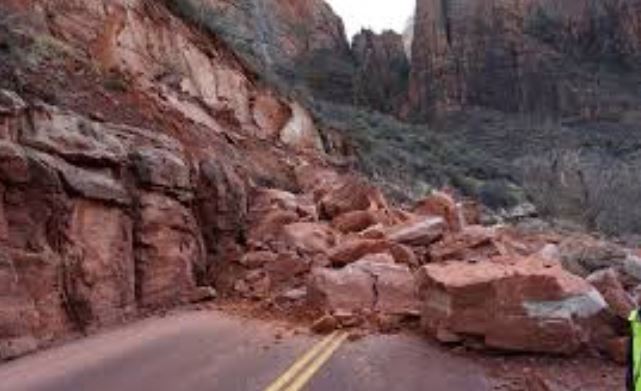|
What is a Geologic Hazards assessment?
Population growth and dense population concentration, growing accumulation of assets in urban areas, the increase of infrastructural vulnerability, the over exploitation of natural resources and the effects of climate change are causing a steadily swelling susceptibility to natural threats at local, regional and global level. This includes both geological hazards like earthquakes, landslides, volcanic eruptions, land subsidence or sinkholes and hydro-meteorological hazards such as hurricanes, floods, droughts and heat waves. A geologic hazards assessment is a report detailing current or potential geologic hazards existing at the site that can affect the nature of your project. The assessment usually ranged from a probable hazard assessment that analyses potential risks in the future to a high risk assessment for residential and commercial development. A full geologic hazard assessment includes the following
|
|
When is this hazards assessment required?
A GHA may be required in the instance of any on going construction per the geologic hazards ordinance generally located at or near:
|
|
Predicting Effects of Geological Hazards
Although predicting the occurrence of a geological hazard is of great importance, estimating the consequences of an event is of comparable importance. Predicting that an event will occur, but not predicting what the effects of it will be, leaves the official who must issue a warning without an adequate basis for doing so. Also, a prediction of effects is necessary for developing mitigation and response plans. It is usually very difficult to predict effects, however, with a high degree of certainty. Because of the uncertainties in predicting both an event and its effects, multiple scenarios can be helpful for planning purposes. High-speed computation and communications systems have made possible another aspect of prediction that is rapidly developing, namely to predict effects after a specific geological hazard has taken place, or while the hazard is ongoing, but before the effect has occurred. For example, within minutes of the occurrence of a large earthquake under the ocean the possible height of tsunamis can be estimated by the Japanese Meteorological Agency or the U.S. National Oceanic and Atmospheric Agency’s Tsunami Warning Center. In Japan, tsunami warnings are issued on television within about 5 minutes of a shock. Another example is the near-real-time mapping and the prediction of development of ash clouds due to volcanic eruptions in the Aleutian Islands and southern Alaska. Based on satellite images and prevailing wind patterns, the trajectories of ash clouds, which can disable airplane engines, are predicted and air traffic controllers warned of the danger. For well instrumented volcanoes, it is possible within seconds following an eruption, to predict when a flow of water and mud down a valley might reach a city, with sufficient lead time to implement emergency measures before the flow arrives. Similarly, it is possible to detect the occurrence of an earthquake and send warnings before the seismic waves reach places more than several tens-of-kilometres away, in time to sound alarms or take other measures. The seismic waves generated at the earthquake focus propagate outward at velocities of about 6-8 km/sec, and the more destructive waves travel at an even lower velocity. Therefore, it would take the first waves at least ten seconds to reach a distance of 100 km from the focus, for example, by which time the parameters of the event can be determined and disseminated automatically. This in fact has already been done in Mexico City following an earthquake, and the capability presently exists to do it in southern California. Such information can be used for a variety of actions, including activating valves, backing up computers, and redirecting electrical and communications circuits |
|
Mitigation:
Mitigation options fall generally into six categories: prevention, property protection, natural resource protection, emergency services, structural projects and public information. Prevention projects are those activities that keep hazard areas from getting worse through effective regulatory planning efforts, such as comprehensive planning, building code update and enforcement, burying utility lines and water source planning. Property protection activities are usually undertaken on individual properties or parcels with coordination of the property owner, such as elevation, relocation and acquisition of frequently flooded or damaged structures, eliminating fuel sources surrounding the property, installing rain catchment systems and purchasing additional insurance. Natural resource protection activities seek to preserve or restore natural areas or natural functions of floodplain and watershed areas. They are often implemented by parks, recreation, or conservation agencies or organizations. Emergency services measures are taken during a hazard event to minimize its impact. These measures can include response planning, regional coordination and collaboration and critical facilities protection. Structural projects include activities associated with building new or additional infrastructure or features to minimize impacts from a hazard. The final category of public information is possibly the most important, empowering residents to take action to protect themselves and their property in the event of a hazard event. |




